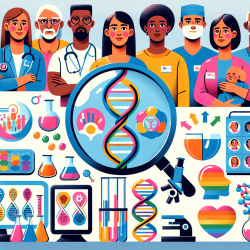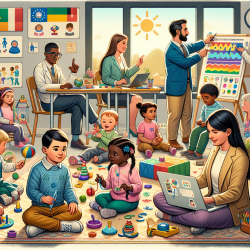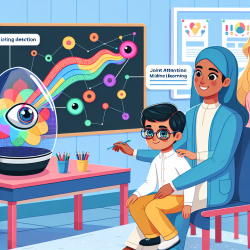Introduction
The landscape of family-making is evolving, and with it, the need for practitioners to adapt and expand their understanding of diverse family structures. The research article "Making and Breaking Families – Reading Queer Reproductions, Stratified Reproduction, and Reproductive Justice Together" provides a comprehensive look at the intersections of queer reproduction, reproductive justice, and stratified reproduction. This blog aims to highlight key takeaways from the research that can help practitioners improve their skills and encourage further exploration into these critical areas.
The Research: A Multi-Faceted Approach
The research convened at a workshop in UC Berkeley, sought to integrate three transformative frameworks: queer reproductions, stratified reproduction, and reproductive justice. Each framework offers unique insights into the changing dynamics of family-making, particularly through assisted reproductive technology (ART).
- Queer Reproductions: This framework challenges traditional norms by highlighting the diverse ways LGBTQ+ individuals and families create kinship ties, often outside of biological connections.
- Stratified Reproduction: This concept examines how socioeconomic and racial hierarchies influence who gets to reproduce and who provides reproductive labor, often revealing deep-seated inequalities.
- Reproductive Justice: A movement that emphasizes the right to have children, not have children, and parent in safe and sustainable environments, particularly for marginalized communities.
Key Insights for Practitioners
Practitioners in speech-language pathology, education, and related fields can draw several lessons from this research to enhance their practice:
1. Embrace Diversity in Family Structures
Understanding and respecting the diverse ways families are formed is crucial. Practitioners should be aware of the unique challenges and strengths of LGBTQ+ families and incorporate inclusive practices that validate all family types.
2. Advocate for Reproductive Justice
Practitioners can play a role in advocating for policies that support reproductive justice. This includes ensuring that all families have access to necessary resources and services, regardless of their socioeconomic status or family structure.
3. Address Socioeconomic Inequities
Recognizing the impact of stratified reproduction, practitioners should be sensitive to the socioeconomic barriers that families may face. This awareness can guide efforts to provide equitable support and resources to all families.
Encouraging Further Research
The intersection of queer reproductions, stratified reproduction, and reproductive justice offers a rich area for further research. Practitioners are encouraged to explore these topics in greater depth to better understand the complexities of modern family-making and to contribute to more inclusive and equitable practices.
Conclusion
The insights from "Making and Breaking Families – Reading Queer Reproductions, Stratified Reproduction, and Reproductive Justice Together" provide a valuable framework for practitioners seeking to improve outcomes for children and families. By embracing diversity, advocating for justice, and addressing inequities, practitioners can play a pivotal role in shaping a more inclusive future for all families.
To read the original research paper, please follow this link: Making and breaking families – reading queer reproductions, stratified reproduction and reproductive justice together.










